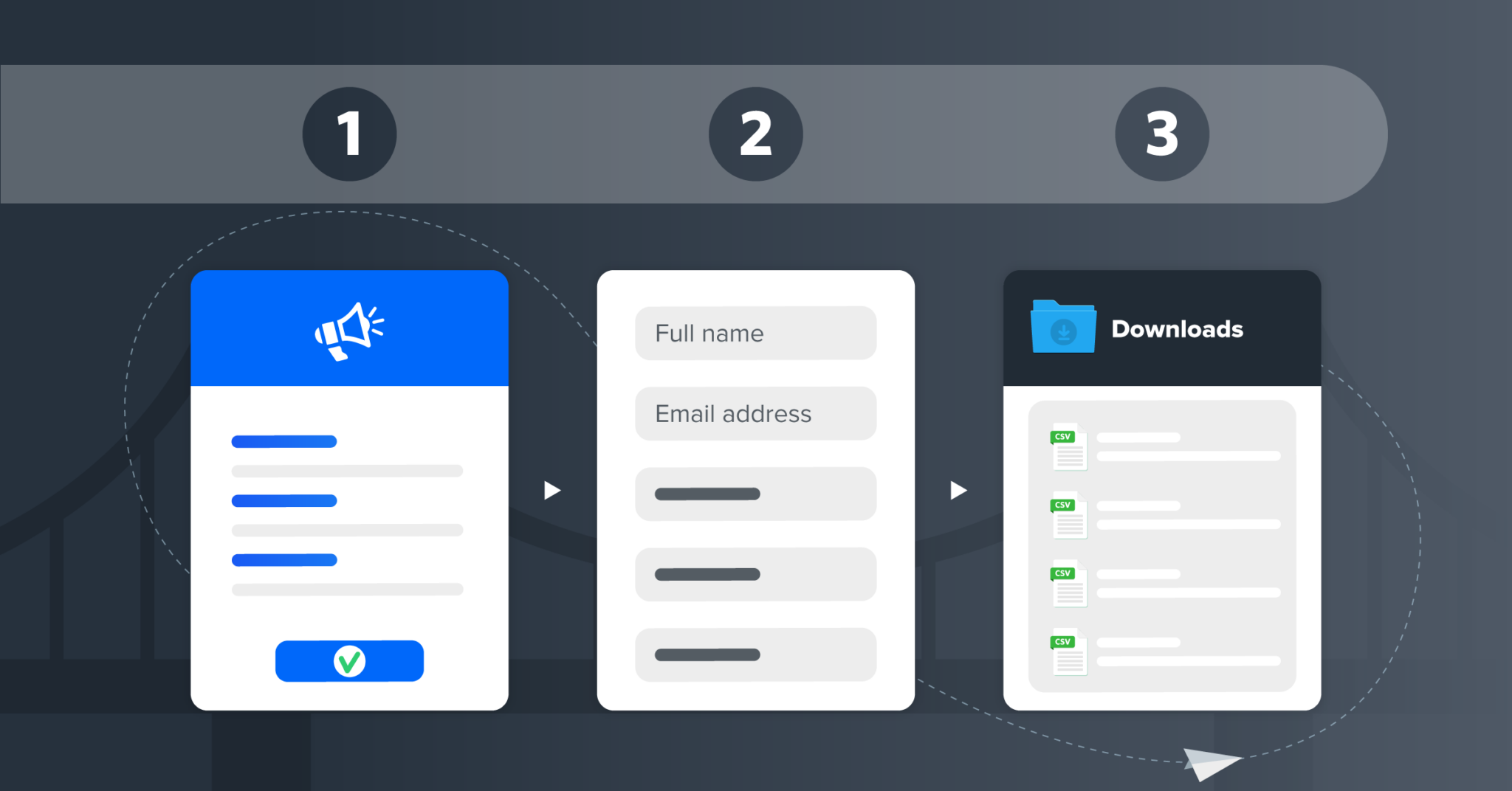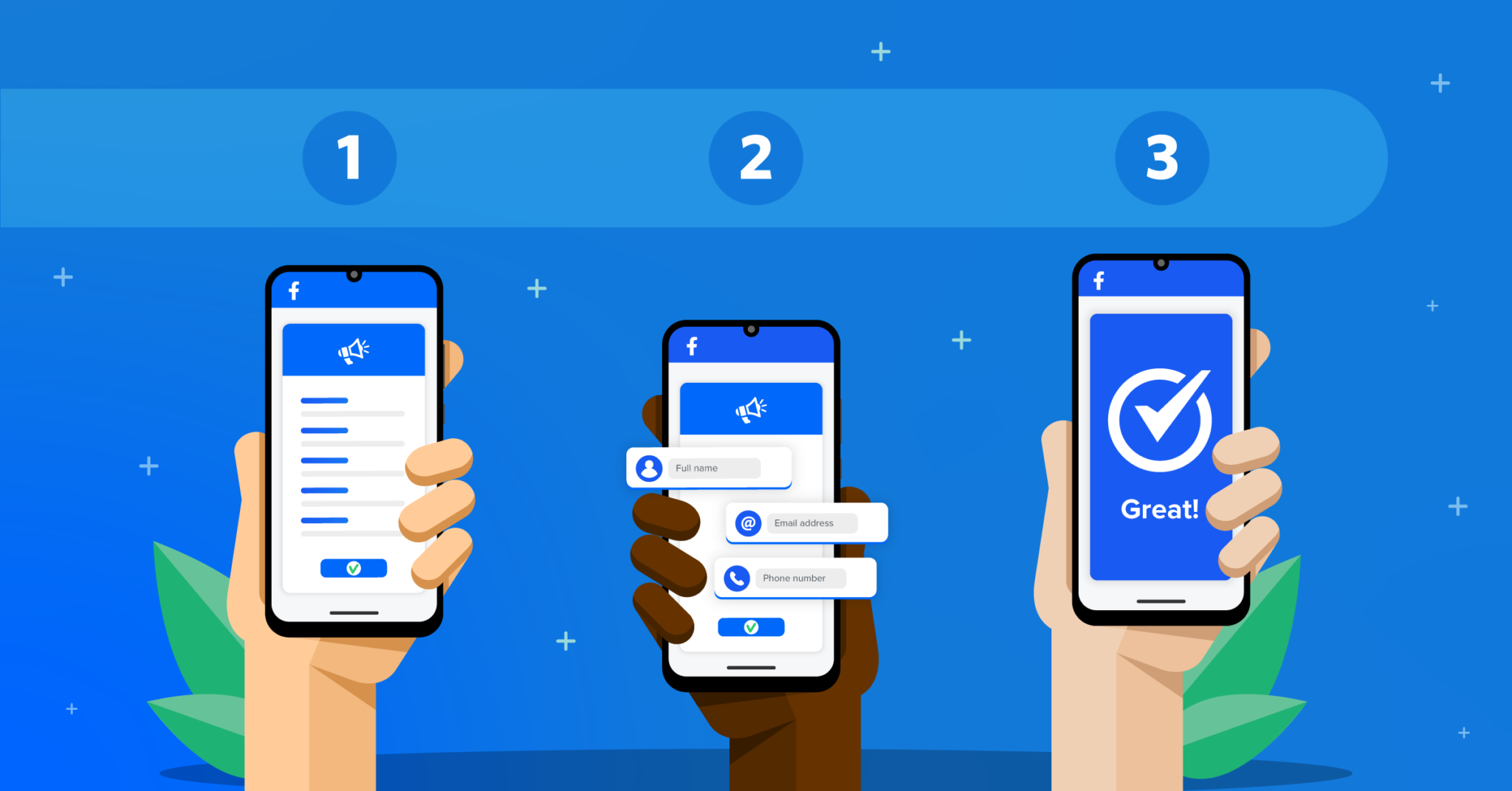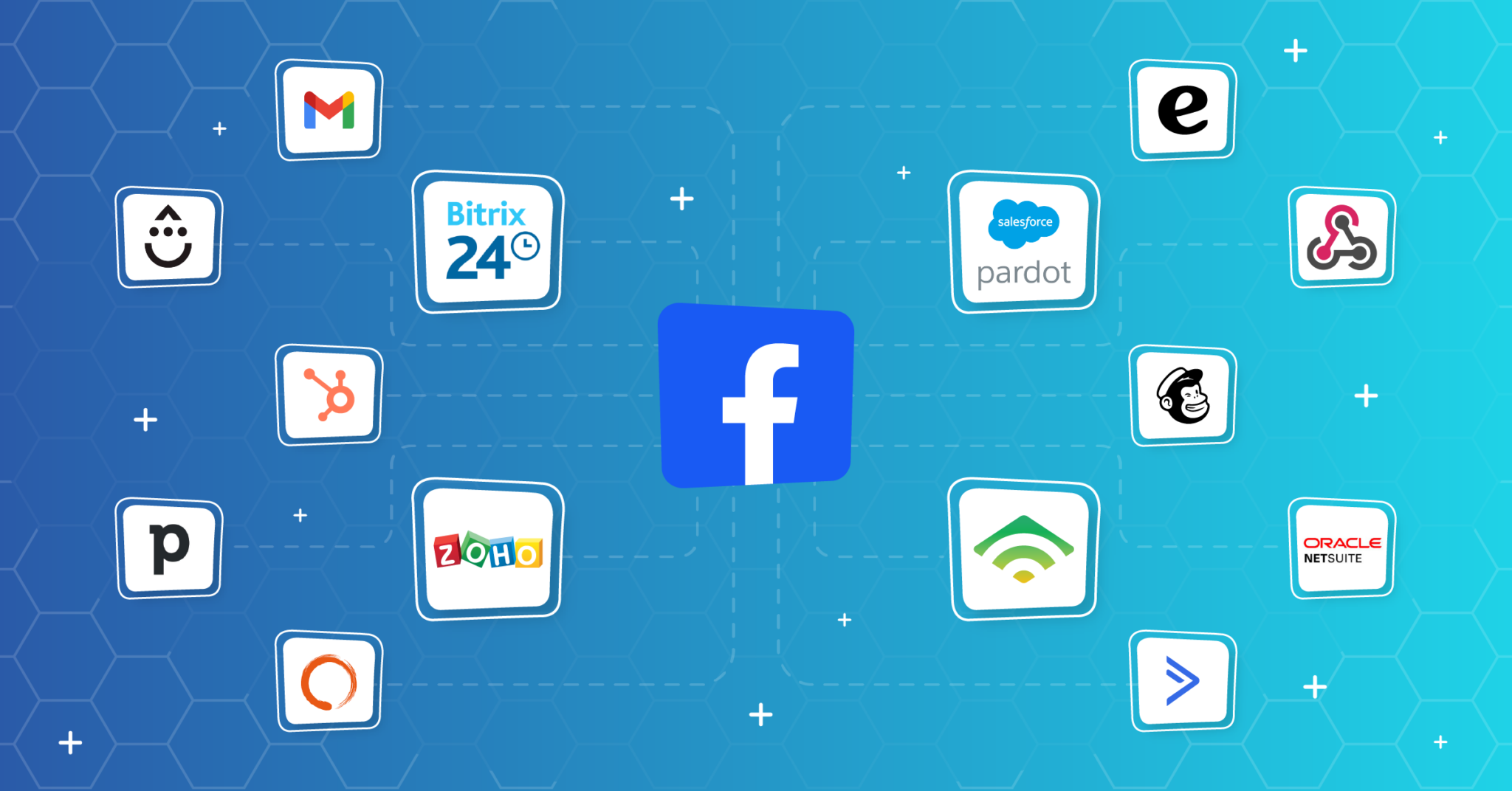Automatically sync your leads with the Facebook Lead Ads + HTTP Request (GET/POST) integration
Does Facebook Lead Ads integrate with HTTP Request (GET/POST)? Yes, thanks to our tool! LeadsBridge is a reliable integrations platform that supports you with 390 integrations. Start now connecting Facebook Lead Ads and HTTP Request (GET/POST)
WHAT YOU CAN DO WITH Facebook Lead Ads AND HTTP Request (GET/POST)
DOCUMENTATIONAutomatically sync your leads with the Facebook Lead Ads + HTTP Request (GET/POST) integration





